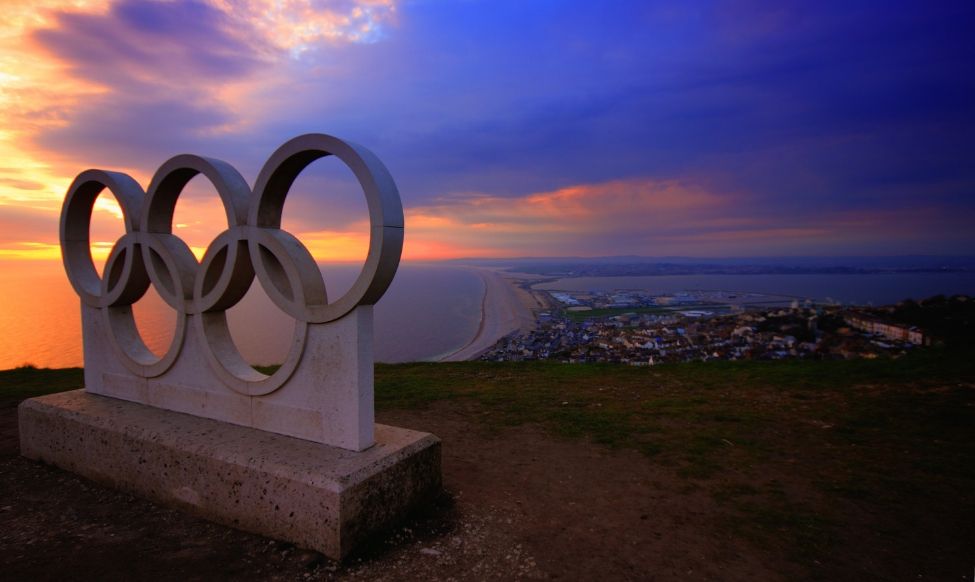As a business owner, the concept of buying or selling a company can seem complicated and unfamiliar. When clients come to me feeling apprehensive, I let them know that in a lot of ways, these transactions are similar to something we’ve all been through: the process of dating and building a relationship.
Finding a Match: A Suitable Partner
In dating, individuals look for compatibility in personality, long-term goals, and values before committing. In mergers and acquisitions (M&A), business owners search for suitable partners that align with their strategic goals. While the seller is looking for a purchase price that meets their expectations, the buyer is seeking a business that has prospects for sustainable growth and synergies with their current model.
Dating: Due Diligence
When you’re dating, it is never too early to ask your best friend for their opinion. Your attorney serves this purpose during the M&A process. There may be red flags that you don’t notice, but are recognized by an outsider.
The next step in dating is the “getting to know you” phase, where both partners learn about each other’s habits, quirks, and background. It’s about figuring out if there are any issues before taking things to the next level. This is similar to companies conducting due diligence to evaluate the financials, risks, and benefits of the other party. They want to ensure the partnership is a good fit.
Getting Serious: Negotiation
Then you enter into negotiation. Terms of the deal are negotiated, including how control will be shared, financial arrangements, and how the two entities will integrate. At this point in your relationship, you are going “steady.” Here, you negotiate boundaries and set expectations about how you want the partnership to function—whether it’s about communication styles, future plans, or shared responsibilities as you begin to solidify your commitment to one another.
Engagement: A Non-Binding Agreement
Once the terms of an M&A deal are agreed upon, the buyer and seller typically enter into a non-binding agreement called by a number of different names (letter of intent (LOI), memorandum of understanding (MOU), indication of interest (IOI), etc.) where the basic terms of agreement are memorialized. This is the engagement. As the parties continue to analyze the prospective business transaction, the attorneys for both sides will prepare and negotiate the deal documents necessary to consummate the transaction.
Marriage: Closing
The M&A team typically includes attorneys, accountants, and financial advisors just as a florist, caterer, and photographer would coordinate a wedding ceremony. Once the transaction documents are negotiated and agreed upon, the closing of the transaction occurs, marking the start of a formal partnership. Think of this like getting married, where both parties decide to fully commit to the relationship and take steps to integrate their lives.
A New Life: Integration
After the deal, companies must integrate operations, cultures, and people. This mirrors the adjustment period in a relationship where both individuals start merging aspects of their lives, like living arrangements or handling finances. The goal here is to enjoy the honeymoon period where both parties realize the benefit of their bargain. Your professional advisors play an integral role along the way in making sure the marriage remains harmonious.
For more input and guidance on M&A transactions, reach out to Vincent Costa at 631-738-9100.





